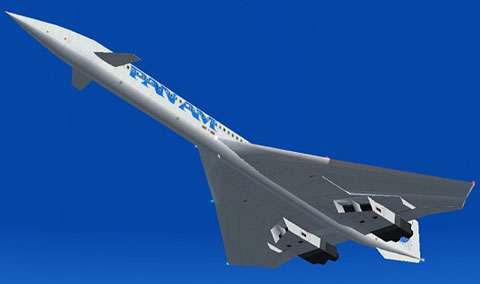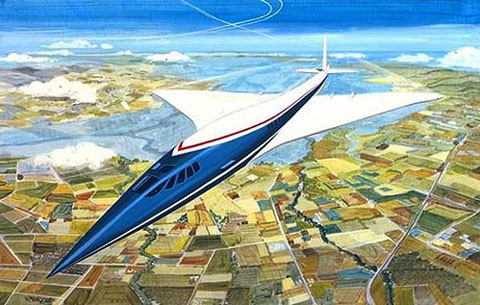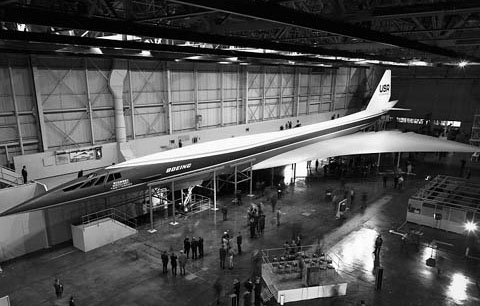by Barbara Yaffe on 17 April 2008 in The Vancouver Sun
In crafting policy around air travel, governments both here abroad are flying by the seat of their pants.
The world is starting to be affected by the twin challenges of climate change and peak oil, but many involved in transportation planning are looking the other way.
In fact, it's easy to believe air travel will keep on expanding, given all the jam-packed airplanes, delayed flights and crowded airports. But cracks are appearing.
In the first two weeks of April, the following airlines went belly up or sought bankruptcy protection: Aloha Airlines; Oasis Hong Kong Airlines, ATA, Skybus, Frontier Airlines and Champion Air.
For now, it's the budget and regional carriers that appear most vulnerable. But Italy's national carrier Alitalia is in dire straits, and Delta, reacting to high fuel prices, this week announced a merger with Northwest Airlines.
Air travel is facing static on two fronts. In terms of climate change, air travel -- a relatively small industry worldwide -- burns kerosene jet fuel that accounts for between four and nine per cent of all climate change on the planet, according to the David Suzuki Foundation.
Britain's Stockholm Institute at the University of York back in 2004 identified increased air travel as one of the most serious environmental threats facing the planet. It recommended travellers be required to use public transit to access airports and that they use rail for any journey under 400 miles.
On the peak oil front, with a projected decline in global oil reserves, airlines are finding themselves unable to keep up with fuel costs.
That has led to efforts to economize on other fronts such as maintenance, which explains American Airlines' current dilemma.
The New York Times reported last week that some big U.S. carriers plan to reduce domestic capacity in 2008 with the express goal of driving up airfares to offset rising fuel costs.
Toronto urban planner Richard Gilbert cites a new forecast by the International Air Transport Association. It projects a $4.5 billion industry-wide net profit for 2008. But that's predicated on oil priced at $86 per barrel.
Oil was $105 per barrel last month. On that basis, IATA's projected profit becomes a 2008 loss of nearly $30 billion -- much higher than the last recorded loss, in 2002, of $11.3 billion.
And consider, most observers believe oil will go beyond $105.
"The place where airline use will actually decline is in North America where we have turned flying into 'buses with wings' mass transportation," says Anthony Perl, an Simon Fraser University urban studies professor who, along with Gilbert, authored the recently published Transport Revolutions.
Their book explores the effect peak oil is likely to have on global transport.
Perl believes air travel in the future will be reserved for the rich, many of whom will use "micro jets." Others will pay big bucks to be transported in larger, fuel efficient aircraft that ply high volume, long-range routes.
He foresees a new type of passenger aircraft, designed for fuel efficiency -- one that's bat-shaped, resembling a B-52 bomber, with 20-seat rows.
Perl considers developments like the Pacific Gateway Strategy to be folly. It's counterproductive, he warns, to keep building infrastructure for traditional transit modes that are reliant on ever-more-costly oil resources.
Governments and transit authorities need to recognize, given the energy crunch, they're wasting tax dollars by plowing cash into airport and road expansion projects.
Perl, appointed this week by the Harper government to Via Rail's board of directors, foresees a future where vehicles will mainly be electrically powered and greater reliance will be placed on railways.
Globally, no more than 25 airports will be functional by 2025, Perl predicts, only one of them in the Pacific Northwest.
And that airport, Perl says, will be a "travelport," featuring high-speed electrical rail interconnections designed to carry passengers to and from all points around Cascadia.
"If Portland or Seattle figure this out before YVR does, that will spell the end of non-stop flights to Asia from Vancouver." Sadly, he says, "there's zero planning to bring inter-city rail into YVR."
Perhaps the message in all this is, if you were planning to take that trip of a lifetime, you should have done it last year.
|



